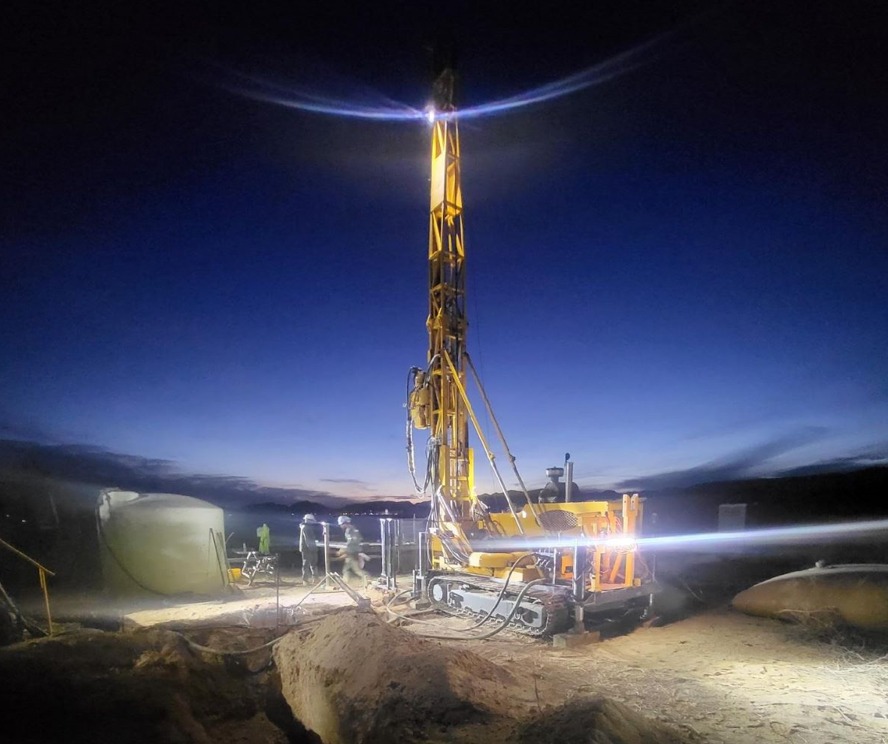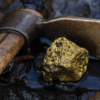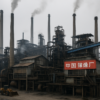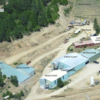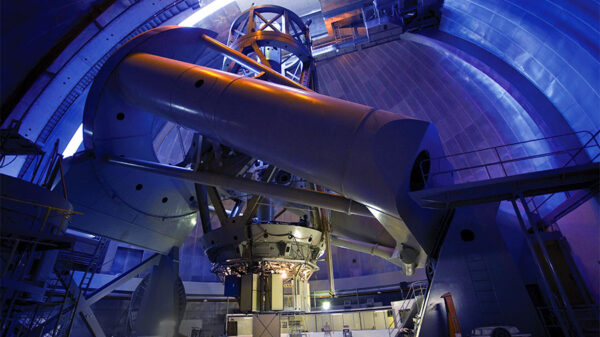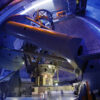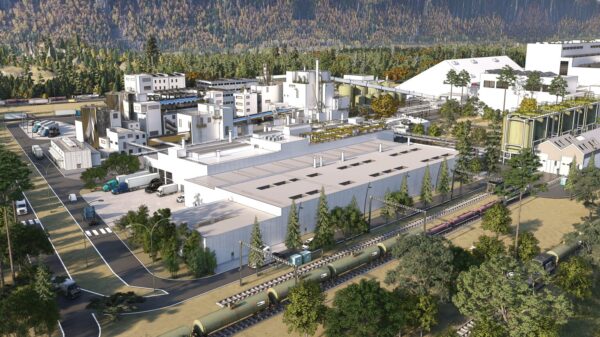Usha Resources (TSXV: USHA) (OTCQB: USHAF) (FSE: JO0) confirmed the presence of a lithium-cesium-tantalum (LCT) system at its Gathering Lake Lithium Pegmatite Project in the Thunder Bay Mining District of Ontario.
The company announced Tuesday that its technical team had been mobilized onsite for a two-week visit. The project has not been systematically explored or drilled using modern exploration techniques despite being highly prospective for LCT.
“With three confirmed LCT-systems, we are building a portfolio of strong properties that will continue to deliver shareholder value,” said Deepak Varshney, CEO of Usha Resources.
“The discovery at Gathering Lake further cements the credibility of our technical team in finding low-risk opportunities to drive value to the company.”
The company discovered beryl and tantalum during the visit, which is a crucial finding, as it confirms that the Gathering Lake Project possesses a highly evolved LCT system. In particular, tantalum, found in more evolved phases within an LCT system, indicates the potential presence of spodumene, the primary lithium-bearing mineral in pegmatites.
Read more: Usha Resources resumes lithium drilling in Nevada and Ontario projects
Read more: Rock Tech Lithium takes step forward in building German lithium refinery plant
Airborne surveys show pegmatites located at magnetic high
This marks the third project where the company has optioned and confirmed the potential for a spodumene-bearing system. The presence of an evolved LCT system was recently confirmed through the identification of beryl-pegmatites at the company’s Mead Project.
Furthermore, the White Willow Project has documented a high-grade coarse-grained tantalite showing with 14.64 per cent Ta2O5. This type of mineralization is only known to be found at one other locality in Ontario, namely the North Aubrey pegmatite at Green Technology Metals (ASX: GT1) Seymour Lake Project, where GT1 has identified a 9.9 million-tonne resource at 1.04 per cent Li2O.
The project was recently optioned for $12,000 and 50,000 shares, and the company has the right to earn 100 per cent ownership through a total payment of $69,500 and 412,500 shares over a period of three years.
The company acquired the project due to its significant potential for LCT-pegmatites. The claims shared several similar characteristics with Rock Tech Lithium‘s (TSXV: RCK) Georgia Lake Deposit.
The project is situated approximately 10 kilometers west of this deposit.
Lithium occurrences in this area align with a primary fault that passes through Gathering Lake. The regional airborne survey indicates that the spodumene pegmatites in the Georgia Lake pegmatite field are located at the edge of a magnetic high, which is also observed at the project. Additionally, the regional airborne radiometric potassium intensity signature for the Georgia Lake pegmatite field indicates that the spodumene pegmatites are associated with medium to low potassium intensity, which is consistent with the findings at the Gathering Lake Project.
Usha Resources shares dipped 5.5 per cent to $0.26 on Tuesday on the TSX Venture Exchange.
.

